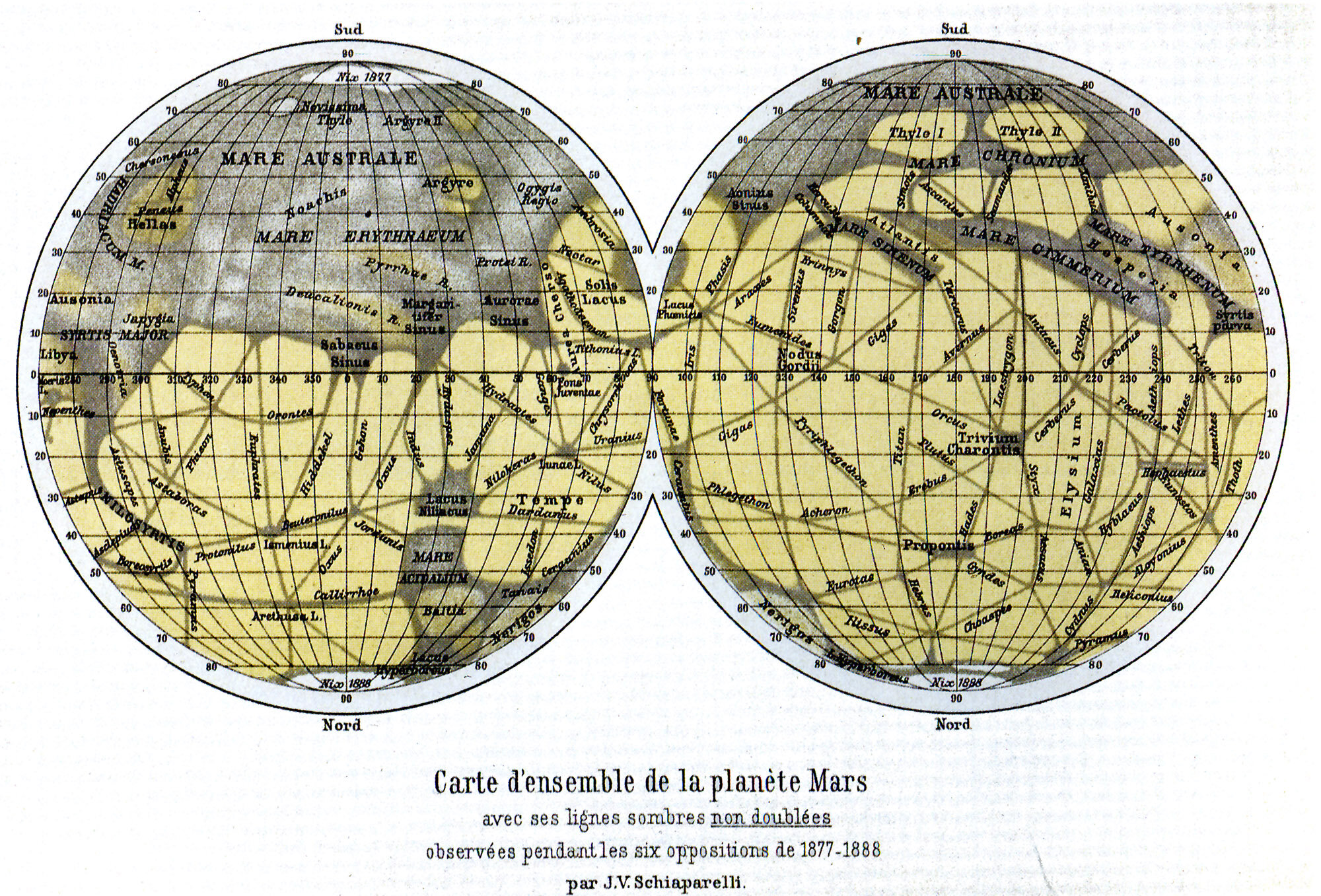d∞ Oddities for an Old Observatory

Like all the sciences, astronomy has its missteps, dead ends, debunked hypotheses, and in the words of Charles Fort, damned data that defies conventional description. Just the things adventurers and investigators are likely to encounter in the course of a campaign. With that in mind, and inspired by Clint Staples' recent "d20 Oddities for a Creepy Old House", I present my own list of oddities for an old observatory.
This is an evolving resource for GMs that wish to include some randomized clues, atmosphere, red herrings, MacGuffins, and potentially useful oddments in their games. Whether its Cthulhu Mythos investigators combing through the basement of Miskatonic University's observatory, survivors of an alien invasion seeking shelter in an abandoned astrophysics laboratory, or meddling kids tiptoeing through the spooky abandoned planetarium at the top of the hill, just roll on the table below to see what turns up wherever the heavens are studied. And feel free to add your own in the comments. If the creepy old house can get 100 oddities, so can the old observatory.
- A sample of meteoric stone with a substantial magnetic field. However, it repels ferrous metals instead of attracting them.
- A discarded telescopic lens. The middle of the glass is deformed and full of bubbles, as if it was heated from within to a temperature far beyond it's melting point.
- A page of hand-written astronomic coordinates surrounded by question marks. Looking at these points through a telescope reveal blank spots in space where stars used to be.
- An old star chart folded into an unusual-looking paper plane. When thrown the paper plane flies level, but inexplicably makes right-angled turns mid-flight.
- An outdated map of Mars featuring Schiaparelli's canals. However, the canals depicted are an almost exact match of local roadways around the observatory.
- A metal helmet covered in coils of copper wire running to an elaborate mechanism that is meant to replace the observatory telescope's eyepiece.
- A replica of a human nose made from an alloy of silver, gold, copper, and brass.
- An old orrery depicting the solar system. If wound up and made to run to correspond with the current relative position of the planets, the planets begin to reorganize themselves along their orbits, many of them trading placed.
- A collection of photographic plates showing the passing of Neptune. A blur passing through three of the photographs suggests an object changing direction and proceeding to the inner solar system.
- A polished mirror of the kind used in modern telescopes. The surface of the mirror has been treated so that it reflects cosmic background radiation as visible light.



